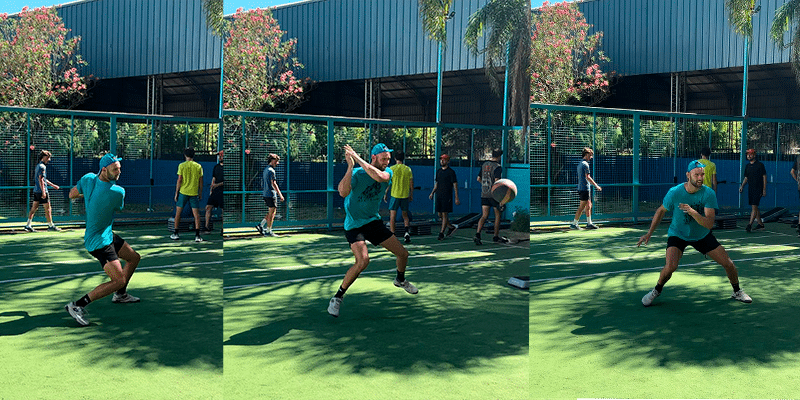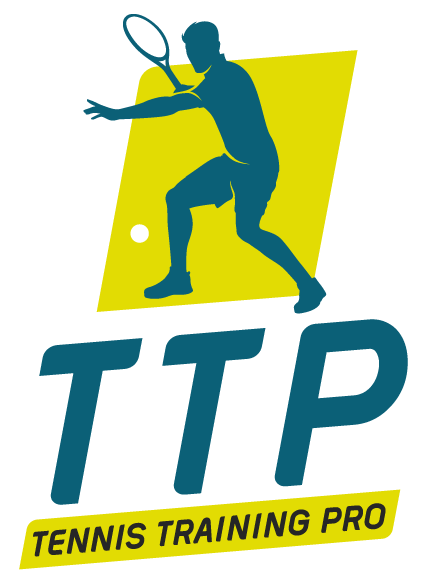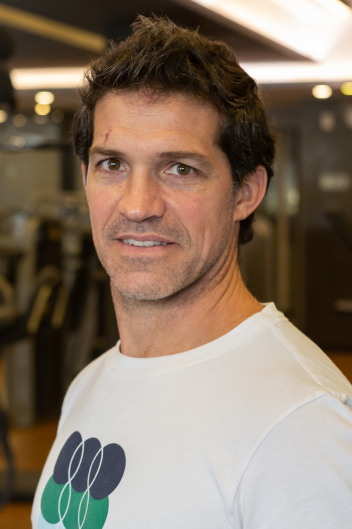The Importance of Footwork in Tennis: Key to Stability and Performance
14 de June, 2024
In tennis, the ability to maintain a balanced and firm posture during shots is essential for controlling the strokes. Footwork plays a crucial role in this dynamic, as it forms the foundation upon which all efficient movement is built. At Tennis Training Pro, we emphasize the importance of working on footwork as a key part of our athletes’ physical preparation.
Footwork Training in the Gym
The first step to achieving good footwork begins in the gym, where specific strength exercises are performed. These exercises not only develop the necessary muscles but also improve body stability and control. Some key exercises include:
- Squats and Variants: Primary exercises to increase lower body strength. We use them twice a week to increase maximum strength. We recommend performing squats up to 90 degrees of knee flexion using a bench for athlete reference.
- Lunges, Step-ups, Lateral Lunges: Exercises that can be considered unipodal as the work focuses on one leg. We use them with less load than squats, not reaching maximum forces. We also use them twice a week, varying the exercises with bars, dumbbells, or unstable situations for greater athlete stimulation.
- Deadlifts with 1 or 2 legs, or Hip Thrust: Crucial for maintaining the correct balance between strength and flexibility that the sport demands on the posterior chain.
Force Transfer with Medicine Ball
Once we have performed general strength exercises, it is important to transfer this power to specific tennis movements. Medicine ball throws are an excellent tool for this purpose. This exercise not only improves explosive strength but also teaches athletes how to maintain proper posture during movement.
To perform this exercise correctly, follow these steps:
- Initial Position: Keep your feet wider than shoulder-width apart, ensuring a broad support base. Flex your knees to lower the center of gravity.
- Center of Gravity: Place the center of gravity in the middle of both supports to maintain balance and keep it close to the floor.
- Correct Throw: Use the proper technique to throw the ball, avoiding falling backward or to the side. It is important to use torso rotation to achieve greater acceleration of the medicine ball.

Common Mistakes and How to Avoid Them
A very common mistake we observe is throwing the medicine ball without transferring the body’s weight forward, falling with the shoulders backward or to the side. This error reflects a lack of balance and control, which on the court can translate into a lack of control over the strokes.
To avoid this problem, it is essential to:
- Practice throws as specific transfers with the goal of maintaining balance.
- Perform Balance Exercises: Include exercises that improve proprioception and body control.
- Gradual Load: Gradually increase the difficulty and load of the exercises, ensuring the athlete maintains the correct technique at each stage.
Conclusion
At Tennis Training Pro, we understand that good footwork is the foundation of effective and safe tennis play. By integrating strength exercises and medicine ball transfer, and paying attention to technique and balance, our athletes can significantly improve their performance on the court. The key is constant practice and attention to technical details, ensuring each movement is efficient and safe.
Tennis Training Pro
Your comprehensive resource for tennis training

 ES
ES EN
EN PT
PT



